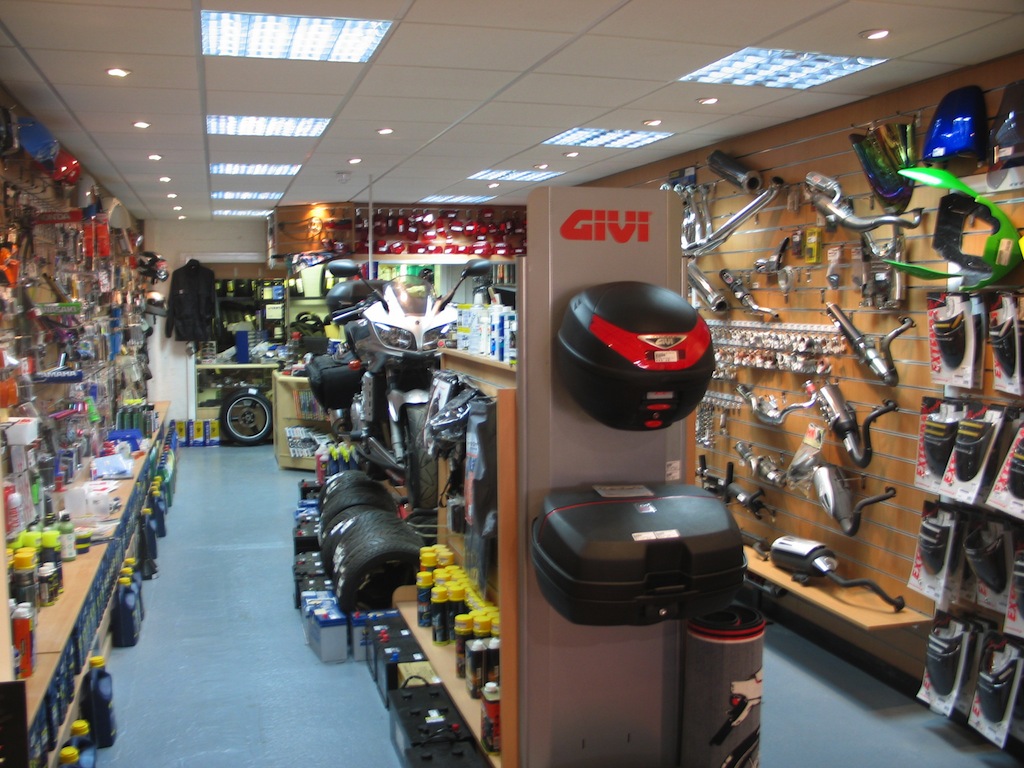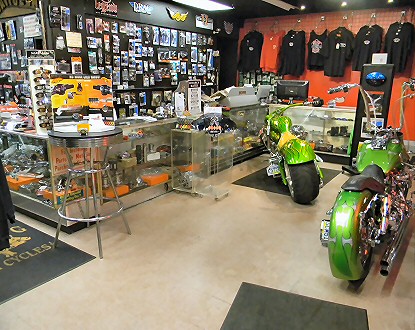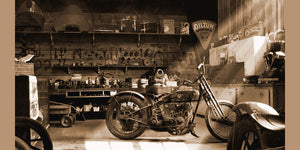Must-Have Motocross Gear: Elevate Your Riding Experience Today
Must-Have Motocross Gear: Elevate Your Riding Experience Today
Blog Article
Mastering Bike Gears: Just How to Enhance Your Riding Experience
In the realm of motorcycling, mastering the art of equipment control is essential for enhancing your riding performance. Properly understanding and making use of motorcycle equipments can substantially affect control, velocity, and fuel efficiency, changing an average adventure into a smooth, exciting trip.
Comprehending Equipment Mechanics
Exactly how do the intricacies of gear technicians influence motorbike efficiency? At the core of bike characteristics, gear mechanics play a critical duty in transforming engine power right into activity, ultimately dictating speed and control. Gears, thoroughly crafted parts, allow bikers to optimize torque and rate, making certain a seamless change with various terrains and rates. The equipment proportions, carefully designed, determine the connection in between engine changes and wheel turns, impacting velocity and gas efficiency.
Comprehending gear mechanics starts with acknowledging the importance of the transmission, which houses numerous gears of varying sizes. These equipments engage through a procedure called meshing, where teeth of different equipments involve to transfer power. The accuracy of this communication is vital; any type of imbalance or damages can result in ineffective power transfer, impeding performance. In addition, the plan and size of equipments influence the bike's capability to handle various loads and rates.
Additionally, the idea of equipment moving is integral to taking full advantage of performance. Smooth and prompt changes ensure that the engine runs within its optimum power band, stopping unnecessary pressure and enhancing long life (motocross gear nz). By comprehending these mechanical intricacies, cyclists can accomplish an unified mix of power, control, and effectiveness, elevating their riding experience
Timing Your Shifts
Change timing proficiency is vital for maximizing bike efficiency and enhancing the riding experience. Correctly timed shifts make sure that the engine runs within its optimum power band, which is crucial for maintaining control, achieving smooth acceleration, and making sure the longevity of the bike. Riders should create an intuitive feeling of when to change gears, which entails comprehending the connection between engine transformations per minute (RPM) and speed.
To master shift timing, pay very close attention to the engine's sound and feel, as these offer vital ideas concerning when to transform equipments. When the engine approaches the top array of its power band without getting to the redline, the optimal change point generally occurs - motorbike shop. Moving prematurely can result in a lack of power, while changing far too late might trigger unnecessary engine strain
Additionally, roadway conditions and riding style impact shift timing. In comparison, during freeway riding, fewer changes at greater speeds can be extra suitable.
Enhancing Fuel Effectiveness
While mastering motorbike equipments is critical for performance, improving fuel effectiveness is similarly crucial for both economic and environmental factors. Optimal fuel intake not only minimizes operational expenses yet also decreases the environmental footprint of riding. To accomplish this, one should recognize the elaborate partnership in between gear choice and engine efficiency.
Firstly, choosing the ideal equipment at proper rates can considerably affect fuel consumption. Riding in a greater equipment at lower speeds can bring about engine carrying, which is detrimental to both fuel economy and engine wellness. Alternatively, riding in lower gears at broadband results in unnecessary fuel consumption. Thus, maintaining an optimal balance by shifting equipments in alignment with roadway problems and expected maneuvers is necessary.
Additionally, normal upkeep plays an essential function in fuel efficiency. Ensuring that the bike is well-tuned, with tidy air filters and appropriately pumped up tires, can decrease and enhance the rules of aerodynamics gas waste. Furthermore, adopting a riding design that accepts gradual velocity and smooth deceleration can add to far better gas economy.

Strategies for Smooth Transitions
Attaining smooth gear changes is essential to enhancing the riding experience Read Full Report and making certain the durability of a motorcycle's transmission system. Correct gear shifting not just adds to a smooth experience but additionally reduces wear and tear on the mechanical elements. To master the art of smooth shifts, bikers must concentrate on a few vital methods.

Second of all, clutch control plays a pivotal function. Engaging and disengaging the clutch smoothly calls for practice. The clutch lever need to be released slowly, allowing for a smooth transfer of power from the engine to the wheels without creating a jolt or sudden movement.

Adjusting to Roadway Problems
Browsing varied road conditions is an essential ability for any kind of motorcyclist intending to preserve control and security. Whether you're riding on wet surfaces, gravel roads, or navigating doglegs, your capacity to adjust your equipment usage and riding technique is critical. Comprehending exactly how to adjust your gears appropriately can considerably influence traction and security, making certain a more secure trip.
In comparison, when riding on gravel or irregular surface, lower equipments are more suitable. Lower equipments offer better control and permit you to respond even more quickly to unexpected adjustments in the road surface area.
Sharp curves demand specific equipment administration to balance rate and control. Downshifting before entering a contour can help maintain energy while guaranteeing the motorcycle continues to be steady throughout the turn. Consistent method in varied problems improves your ability to respond and anticipate to changes in roadway appearance and incline.
Verdict
Mastering motorbike equipments dramatically enhances the riding experience by enhancing fuel, acceleration, and control performance. A complete understanding of equipment mechanics and exact change timing guarantees the engine operates within its optimum power band, while smooth changes through efficient clutch and throttle sychronisation rise convenience and performance. Adapting gear choice to different roadway problems, such as using higher gears on wet surfaces and lower gears on gravel, additional boosts handling web and safety and security. Inevitably, these skills elevate the overall journey.
Comprehending gear mechanics begins with recognizing the significance of the transmission, which houses multiple gears of varying dimensions. These equipments connect via a procedure understood pop over here as meshing, where teeth of different gears engage to send power (motorcycle parts nz). Gentle modifications to the throttle during gear changes can stop jerky activities and maintain a constant riding speed
Whether you're riding on wet surfaces, gravel roads, or browsing sharp turns, your capability to adapt your gear usage and riding technique is extremely important. Adapting gear option to numerous roadway conditions, such as making use of greater gears on damp surface areas and reduced equipments on gravel, additional improves handling and security.
Report this page